Joseph E. Yoakum, Mt Colbart of Nome Alaska, n.d., ballpoint pen, pastel, and colored pencil on paper, 12 by 19 in.PHOTO: ROBERT GERHARDT. COLLECTION OF CHERYL CIPRIANI
Joseph E. Yoakum’s origin story has long been inseparable from the reception of his artwork. In 1962, when he was a 71-year-old retiree living in a storefront apartment on Chicago’s South Side, Yoakum had a dream in which he was urged to make art. He drew nearly every day for the remaining ten years of his life, using inexpensive paper, ballpoint pens, pastels, colored pencils, and sometimes watercolors to create more than two thousand pieces that constitute an atlas of his psychic geography. Among his best-known works are undulant landscapes that are almost psychedelic in their vertiginous perspectives. “What I Saw,” on view at the Art Institute of Chicago, gathers nearly one hundred of these works, plus portraits, sketchbooks, and ephemera—a small but revelatory fraction of Yoakum’s singular output.
Jim Nutt, a fellow Chicago artist, and one of many influenced by his predecessor’s enigmatic oeuvre, once categorized Yoakum’s work as “exciting to ponder [but] difficult to describe.” That difficulty is two-pronged. The first issue is Yoakum’s disorienting style. His landscapes (named after real places, sometimes misspelled) typically occupy one visual plane, in which mountains, a ribbon of empty highway, and stands of conifers might coexist in woozy harmony.

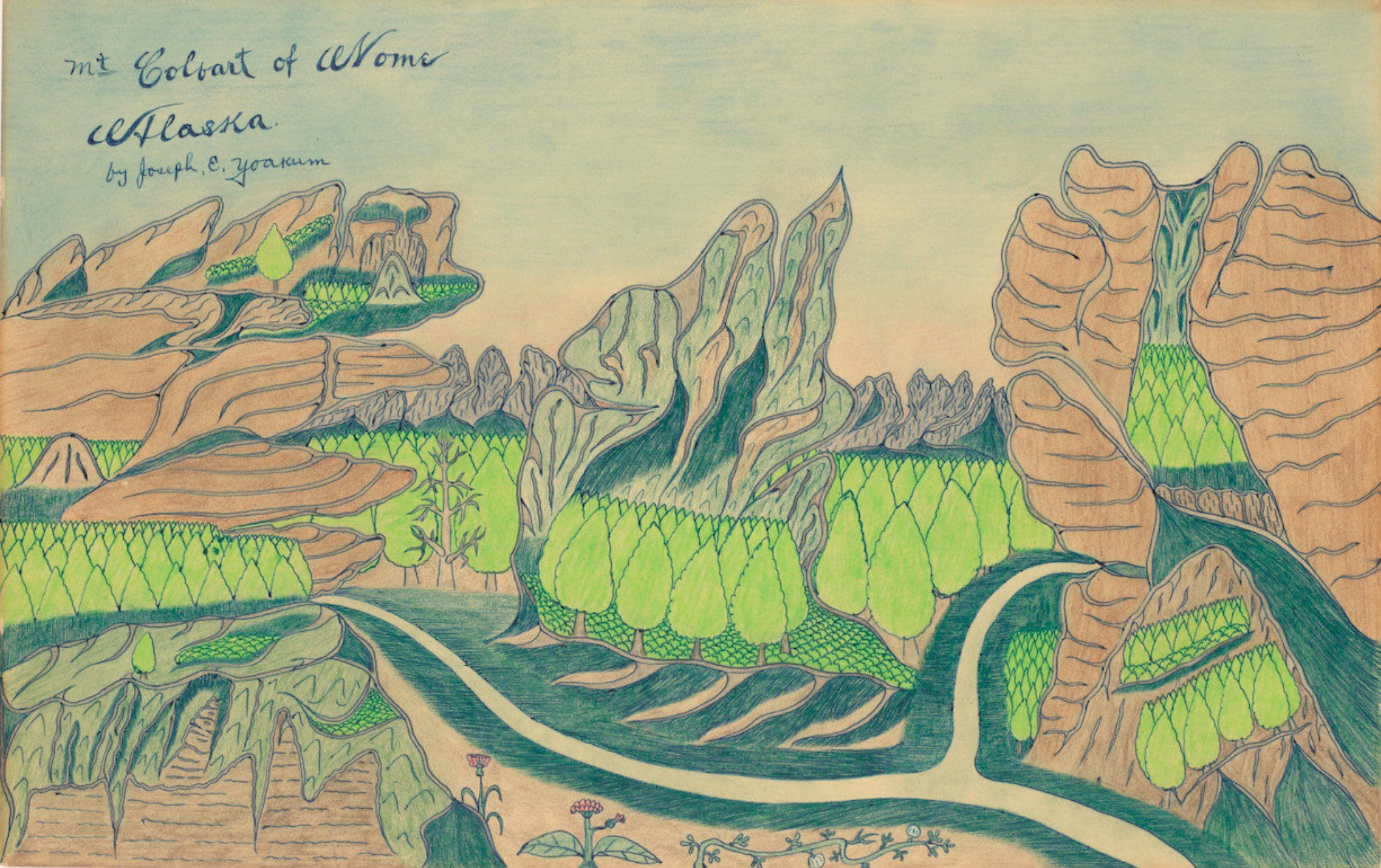
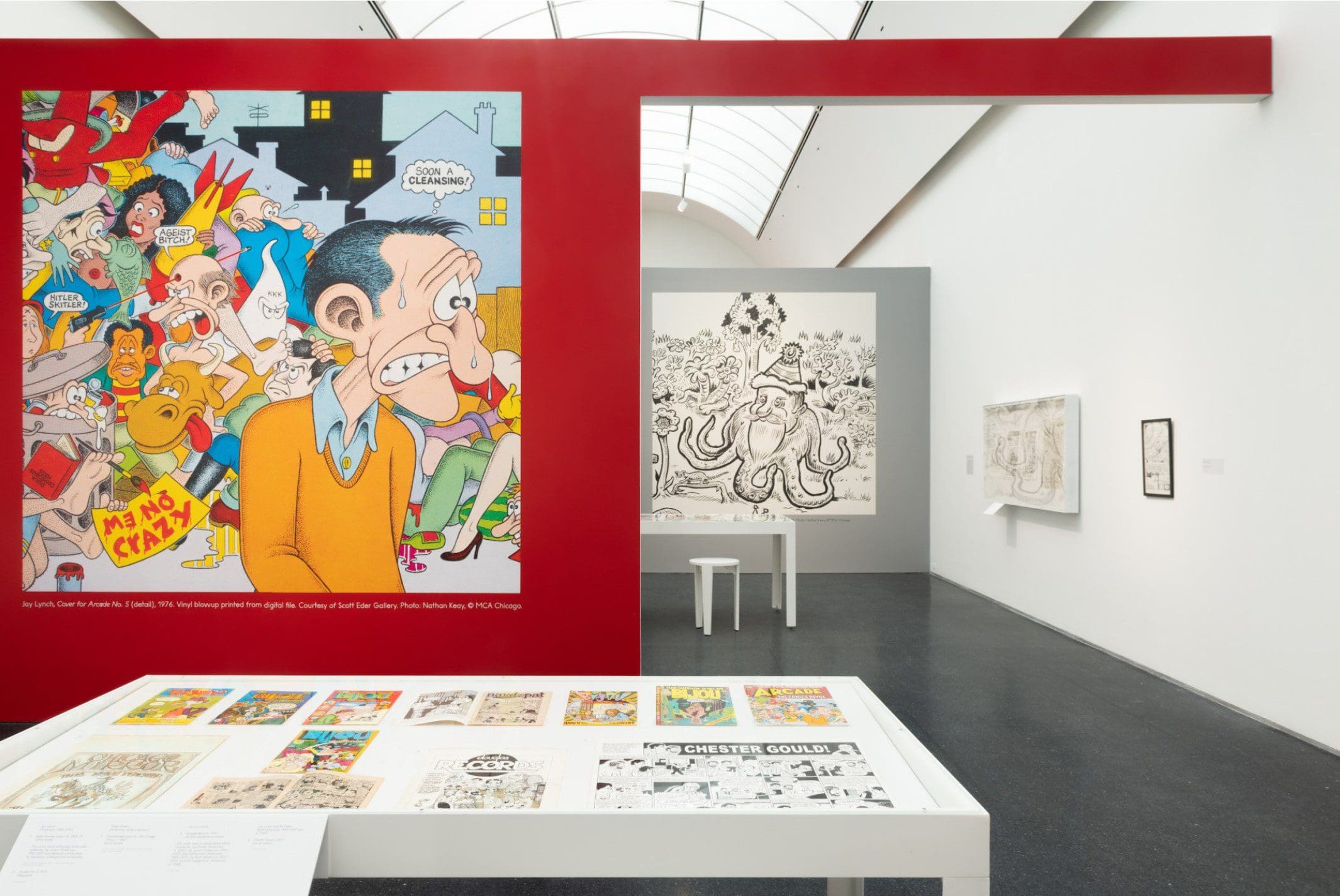
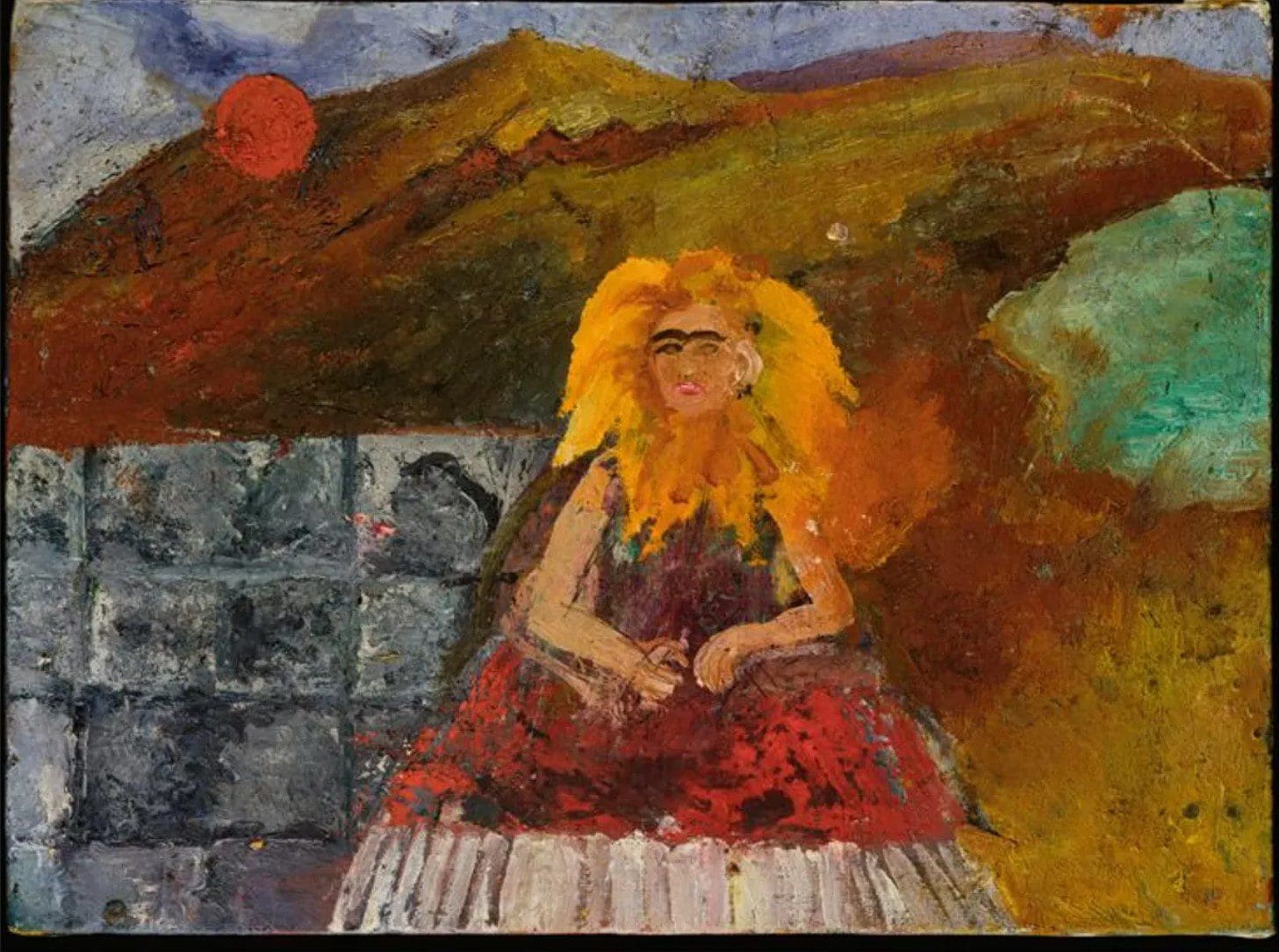
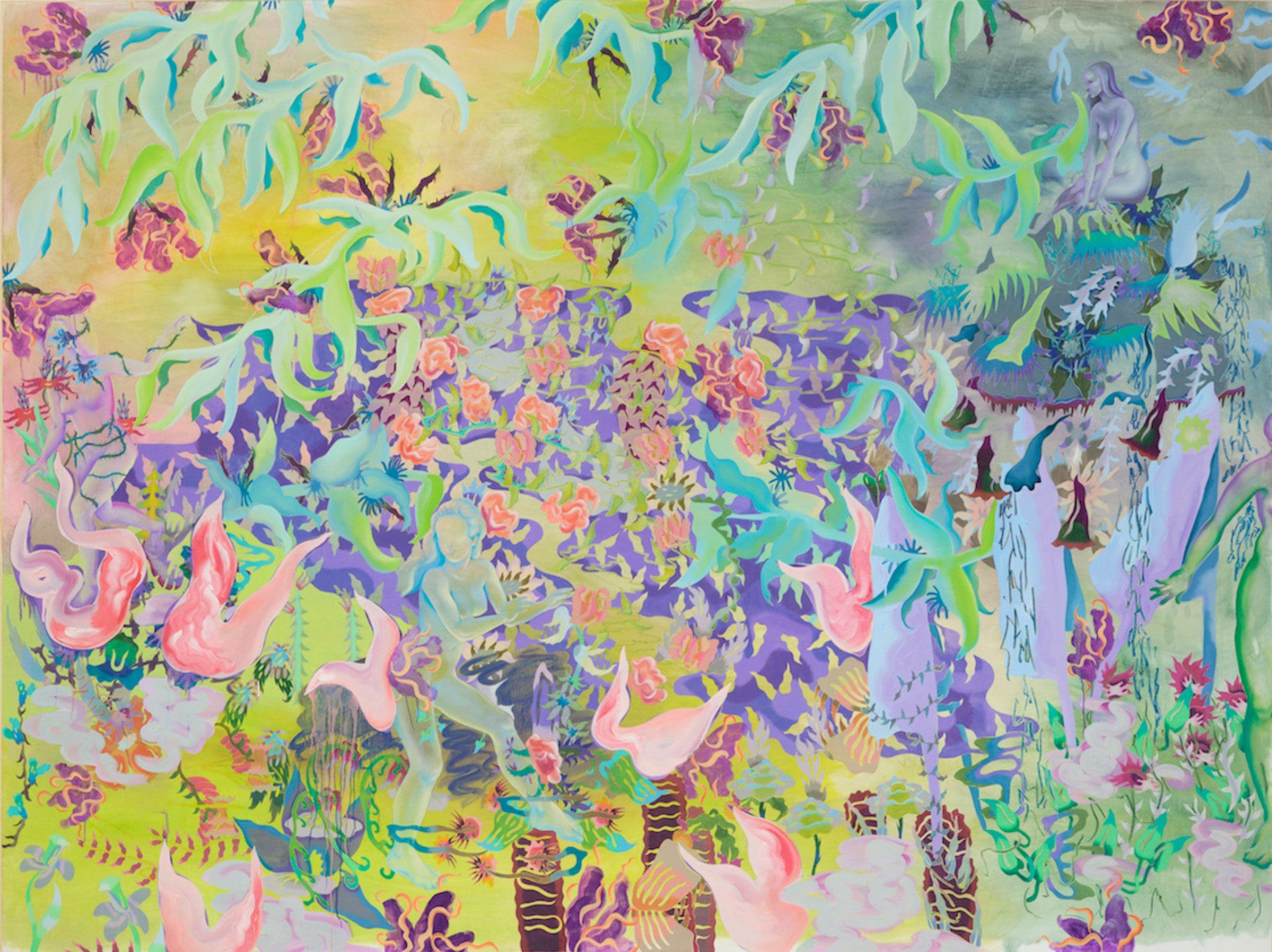


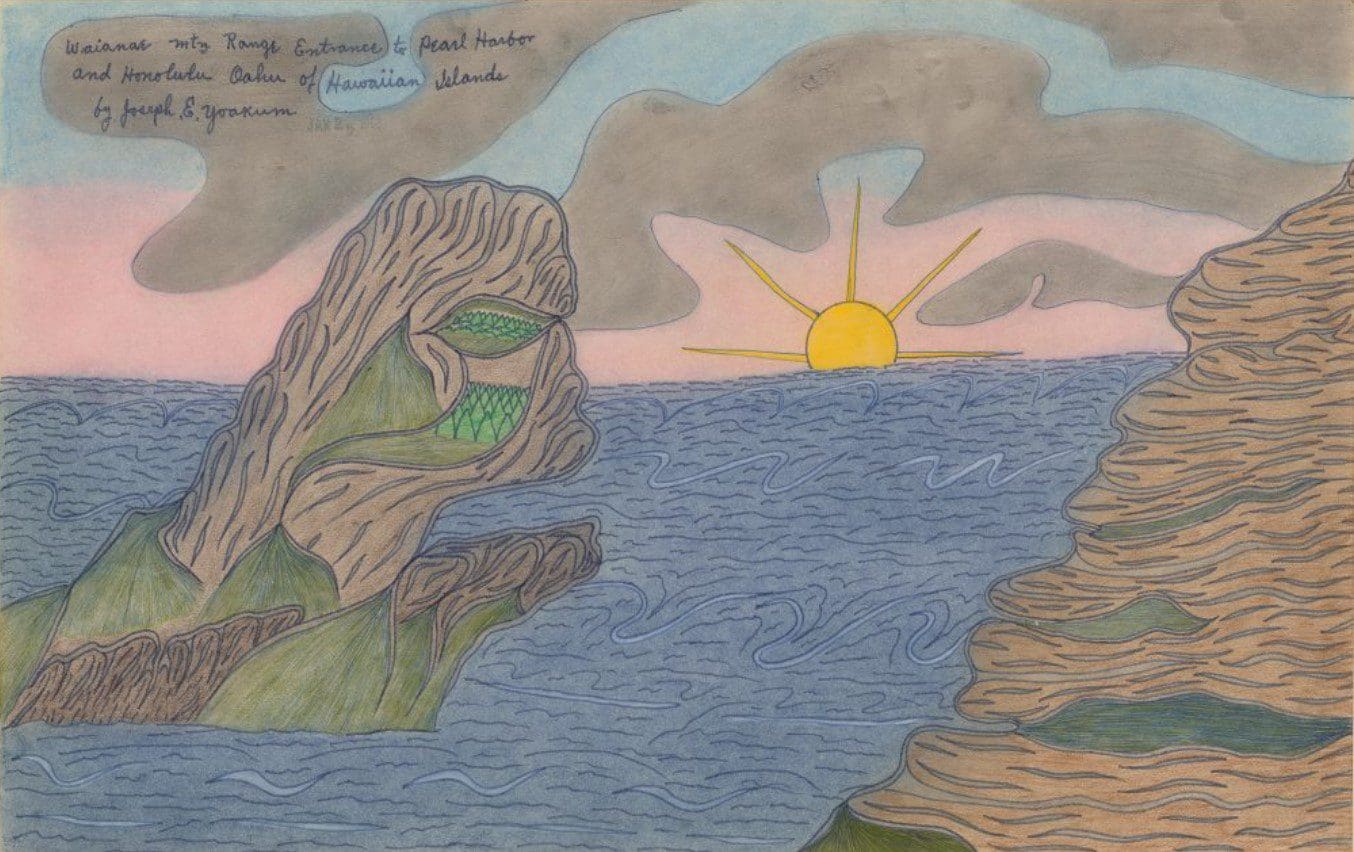
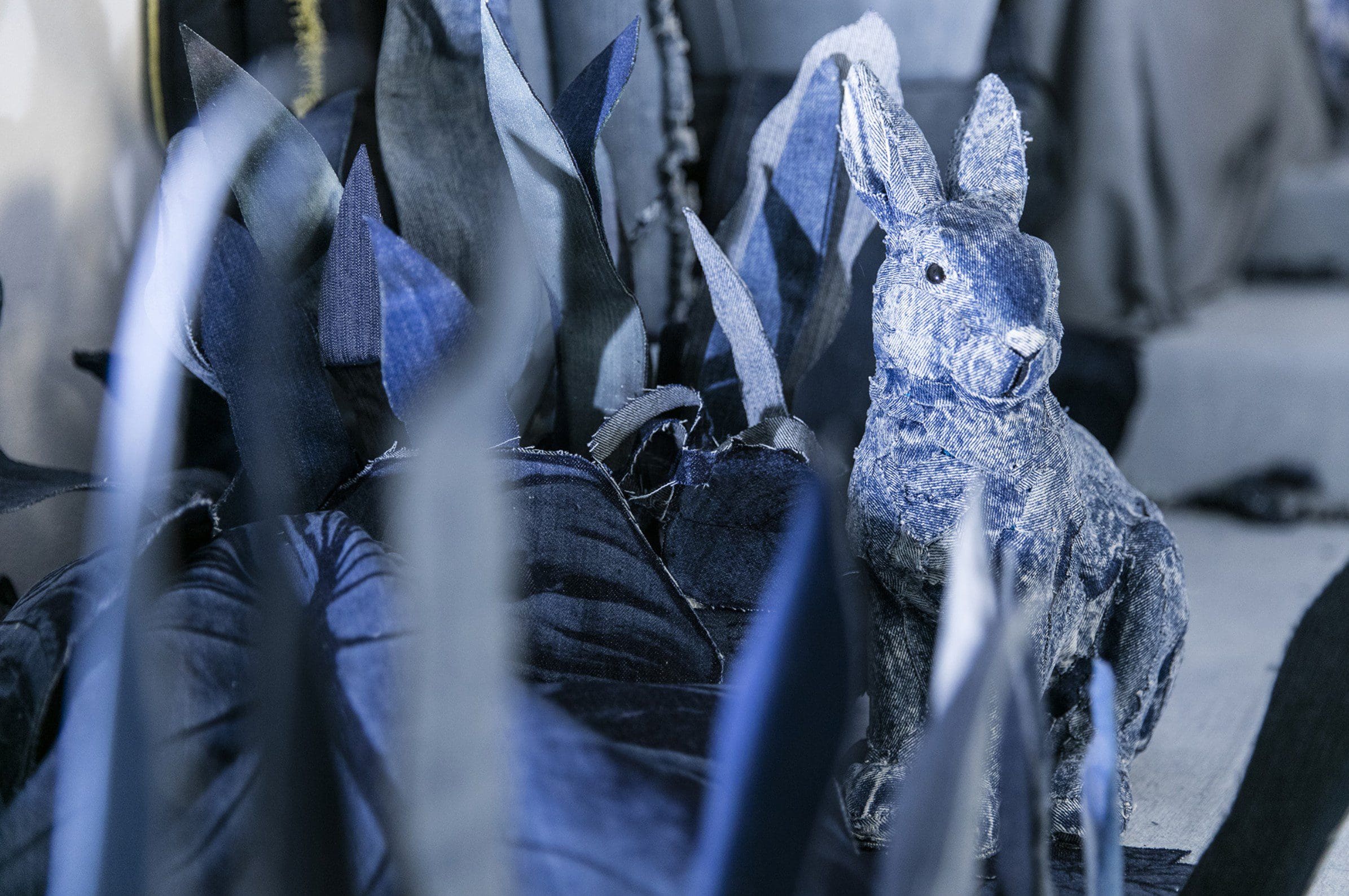
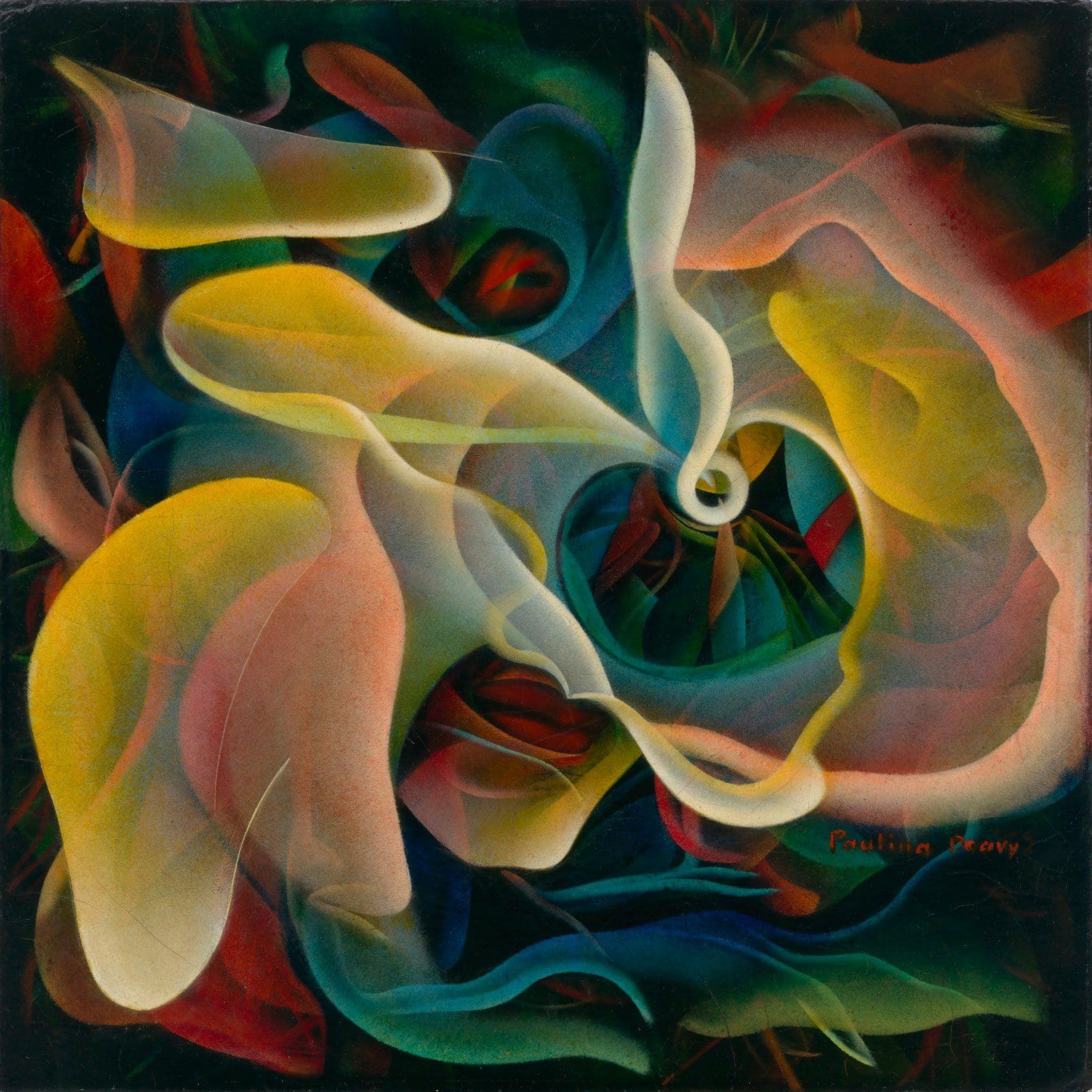
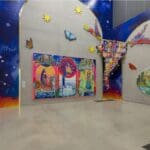



![Artist Shares Secrets of How To Draw Incredibly Realistic Portraits [Interview]](https://artistvenu.studio/wp-content/uploads/2023/12/Screenshot_242-150x150.jpg)
